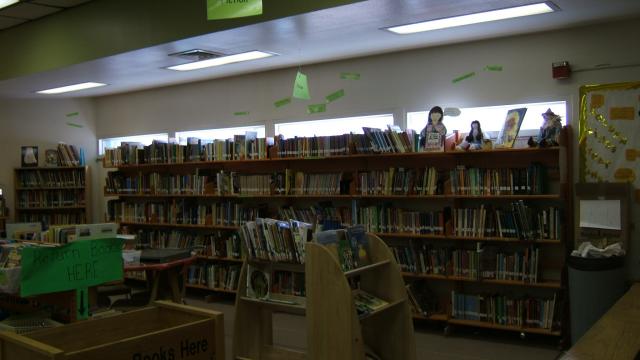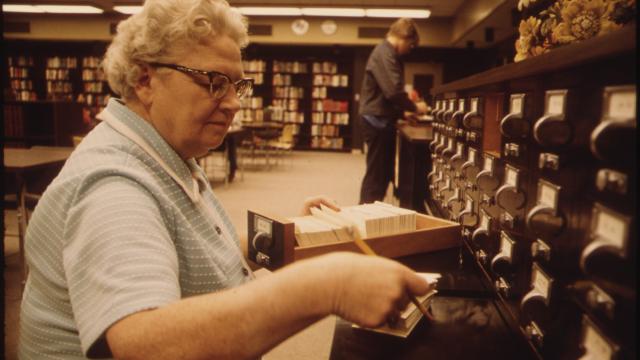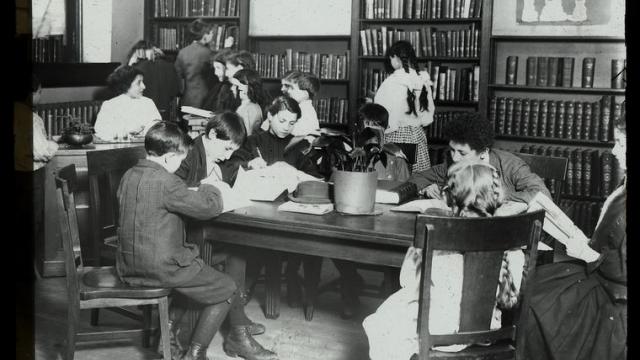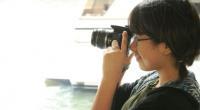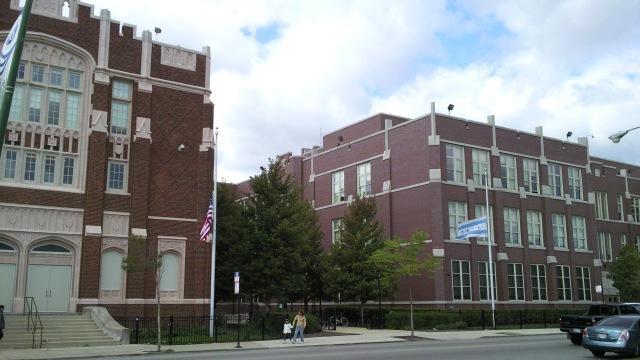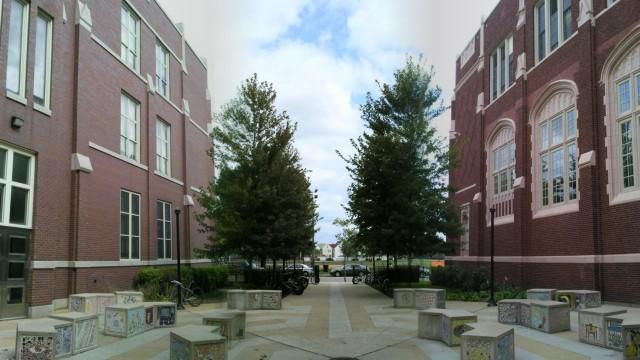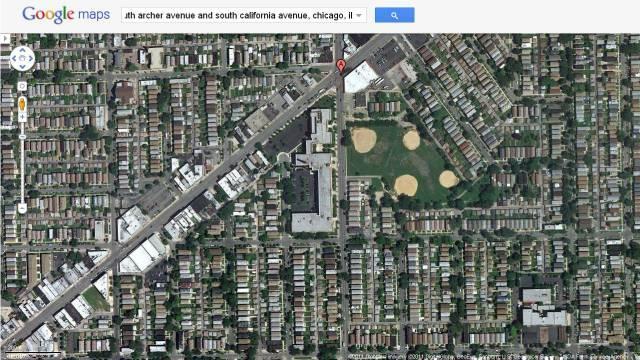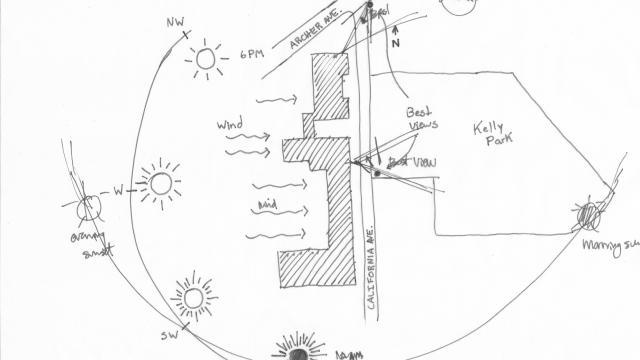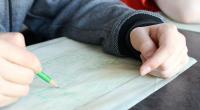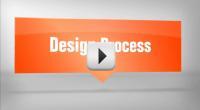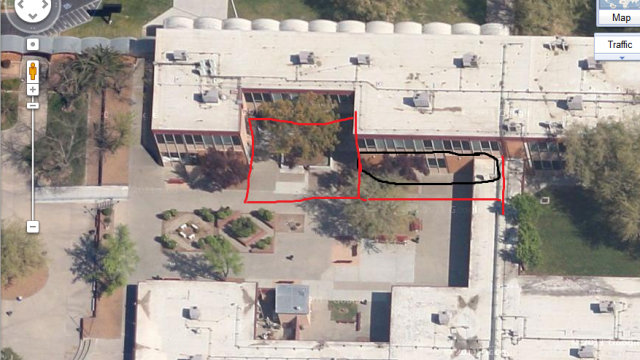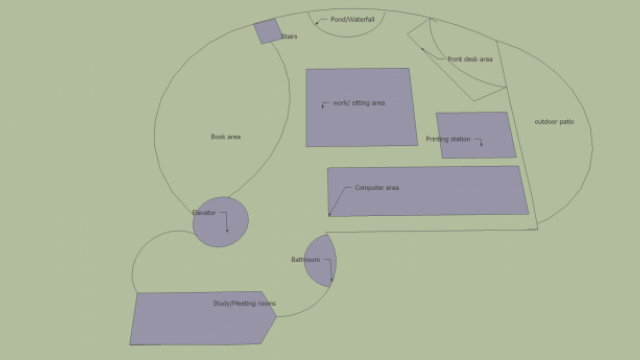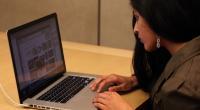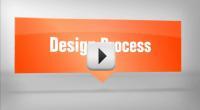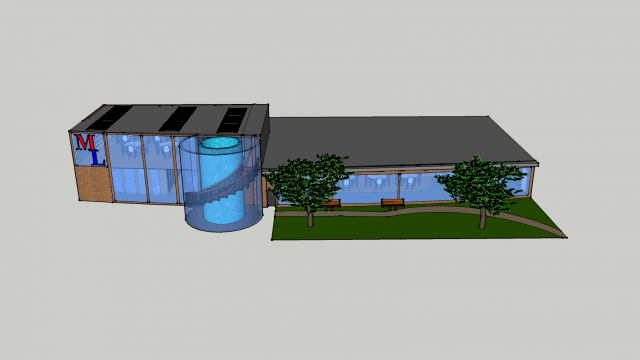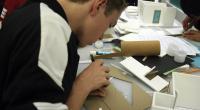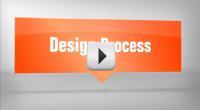
2013 national competition project | Library Redesign #047
Site: The library in Brooklyn Technical High School.
Site Description: The library is located on the 5th floor center section of Brooklyn Tech.
Job Description: The challenge is to redesign the high school library and re-think how the school’s library should function as technology advances and our notion of studying and working changes.
Your design should contain all the spaces and functions required for a typical school library:
Total Area of the Library (2000 sq ft max)
1. Seating options for students (500sq ft max)
2. Book and media storage (500sq ft max)
3. Space for the librarian (50 sq ft max)
4. Computer areas (500 sq ft max)
5. Audio/visual labs (250 sq ft max)
6. Meeting spaces (200 sq ft max)
Brooklyn Technical High School is a school that consists of over 5000 students. In order to give each student a comfortable, efficient library a new design must be proposed. The library we have now is extremely cluttered and does not provide enough space for the students. There is so much restrictions such as limited computer space, seats, and resources. With that said, I will use Revit to propose what I want for my school library
.png)


